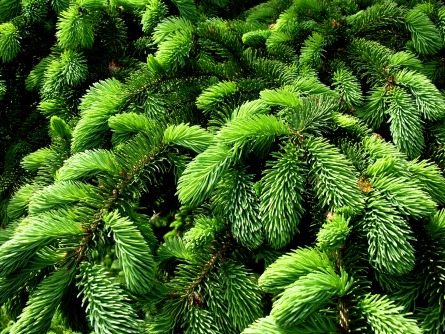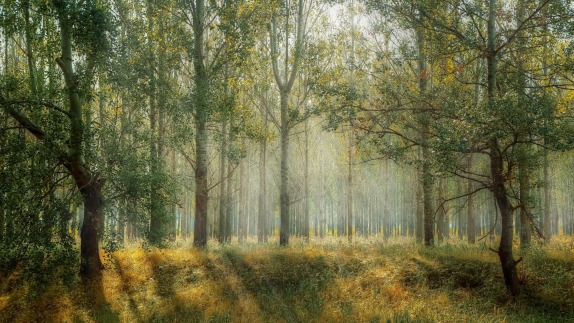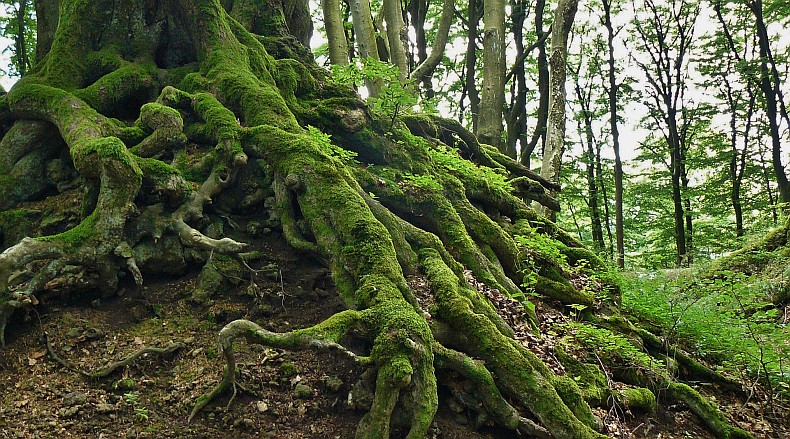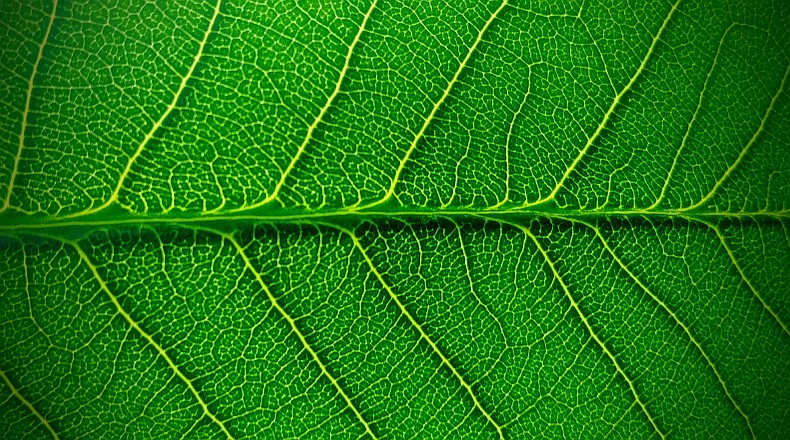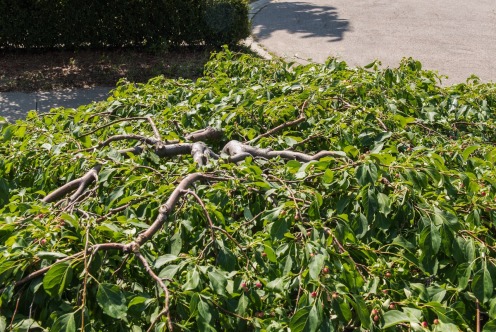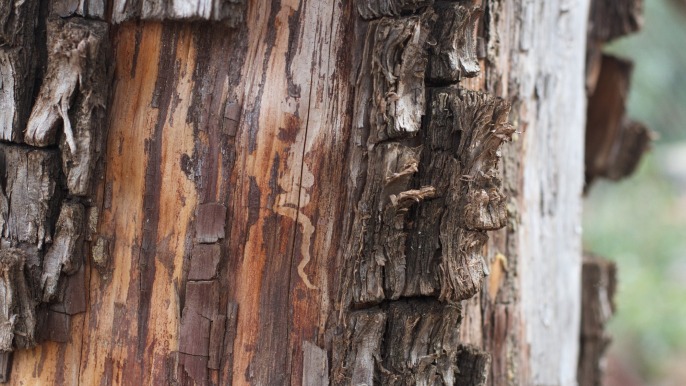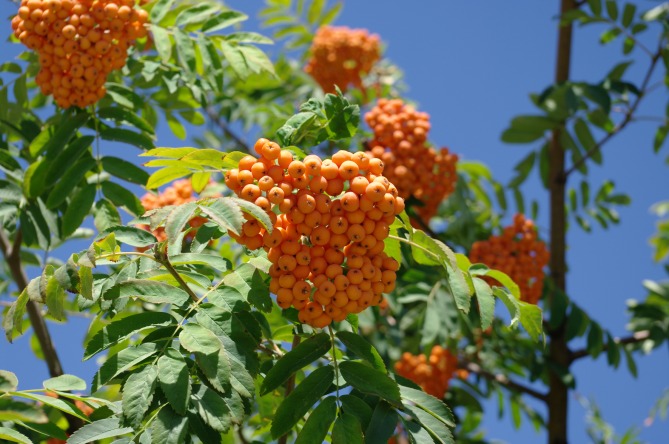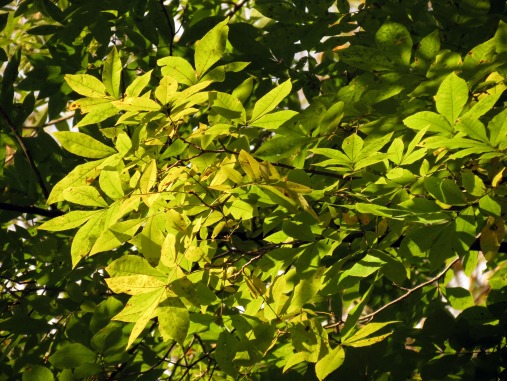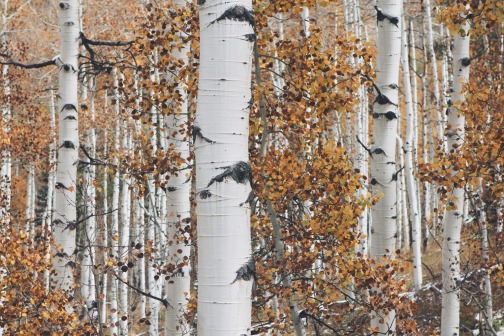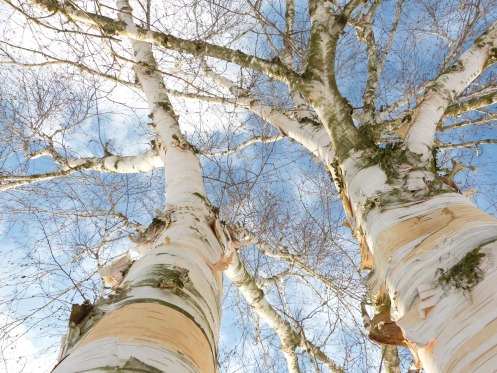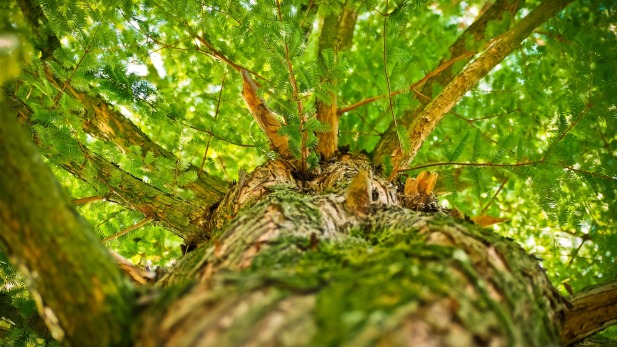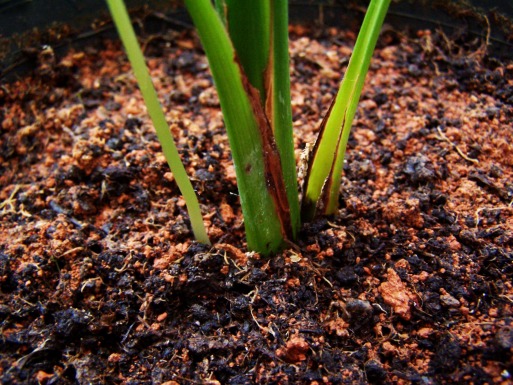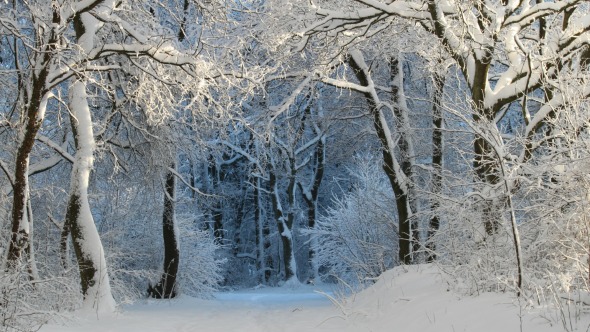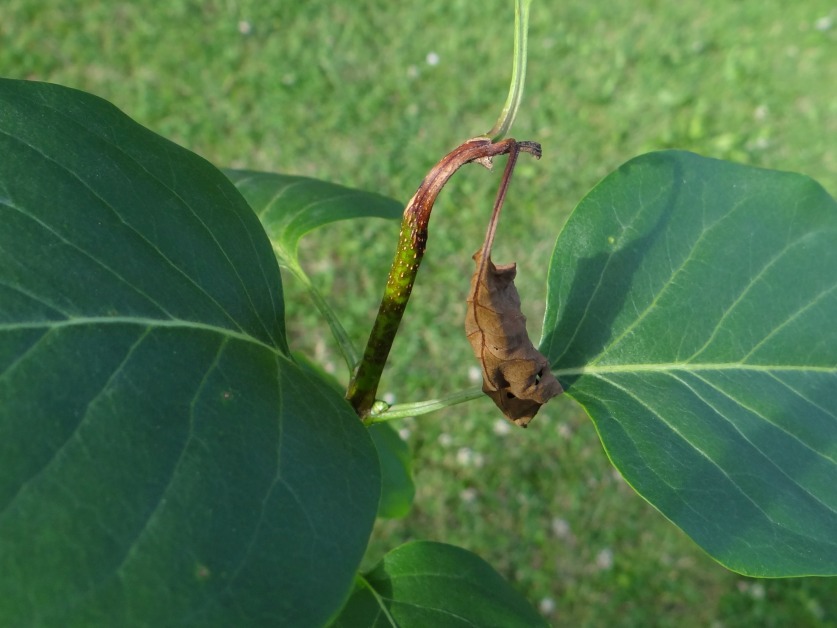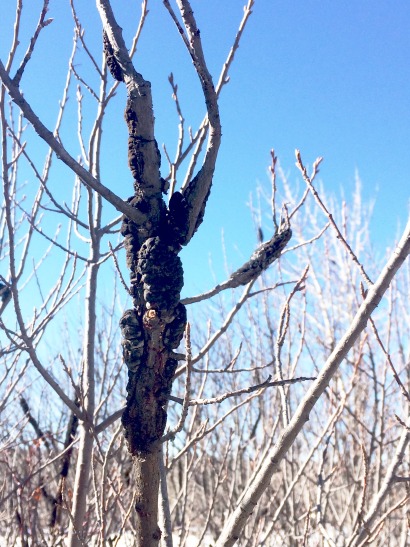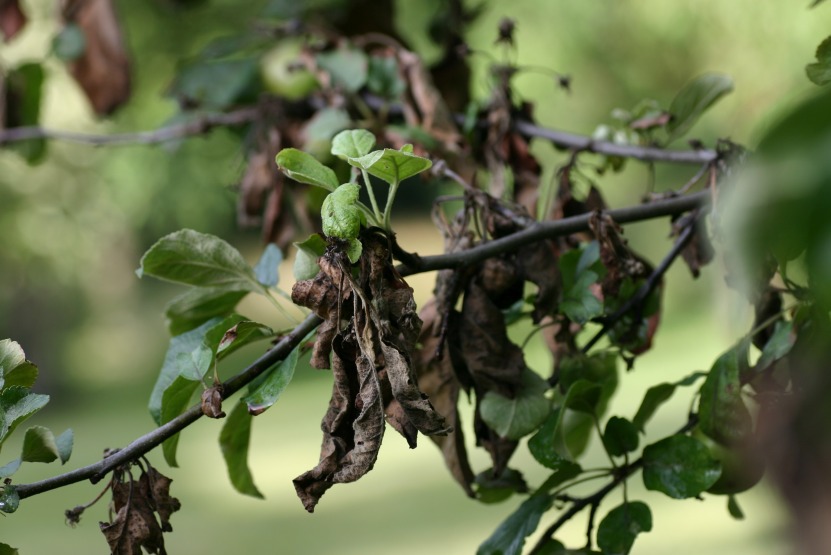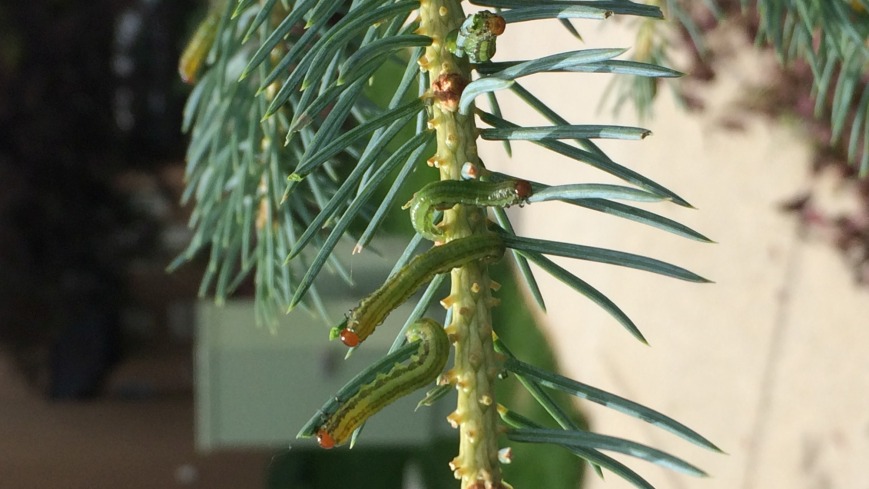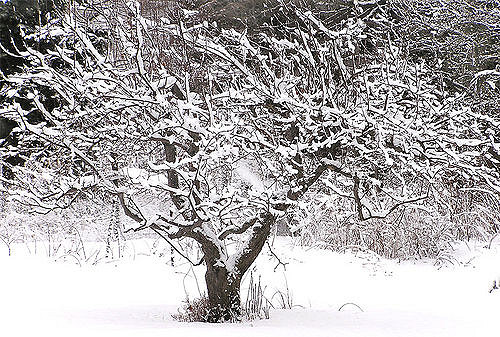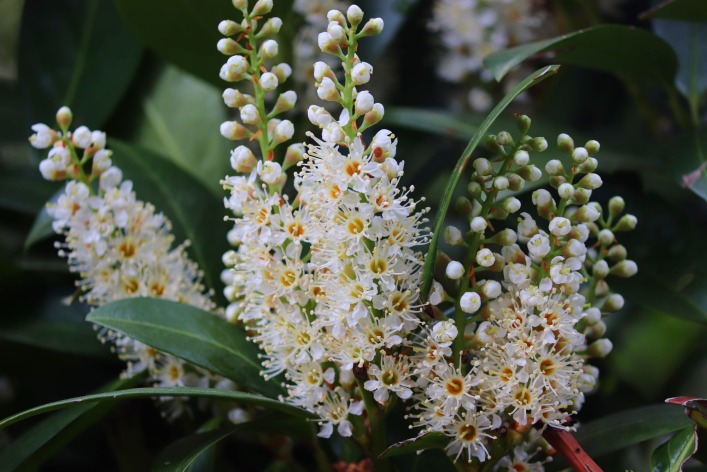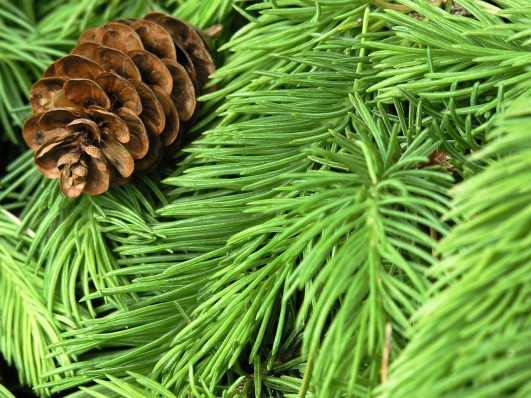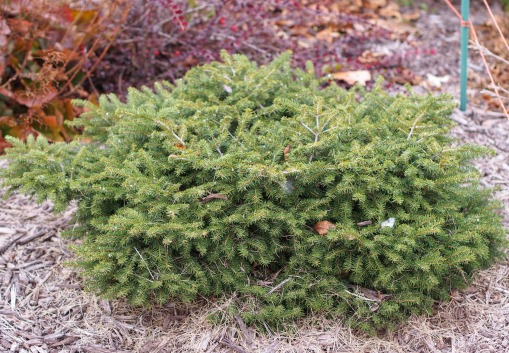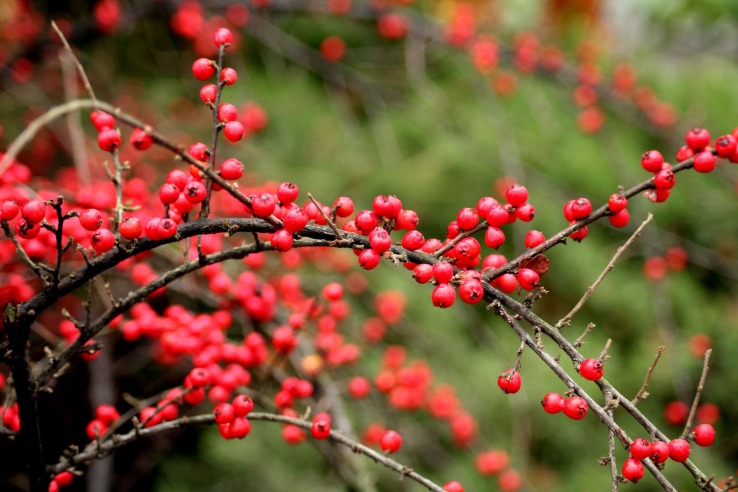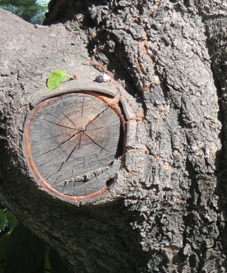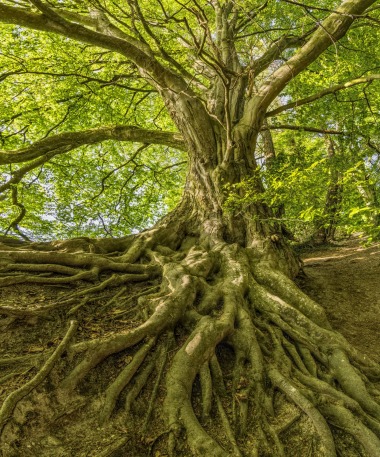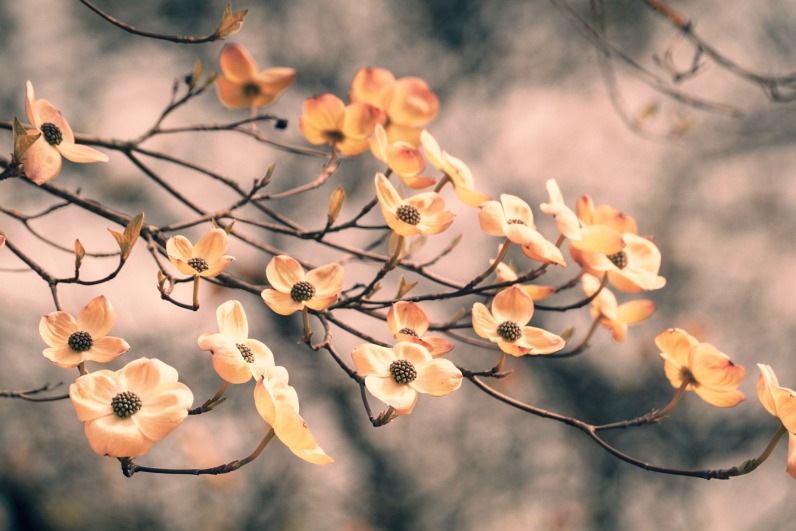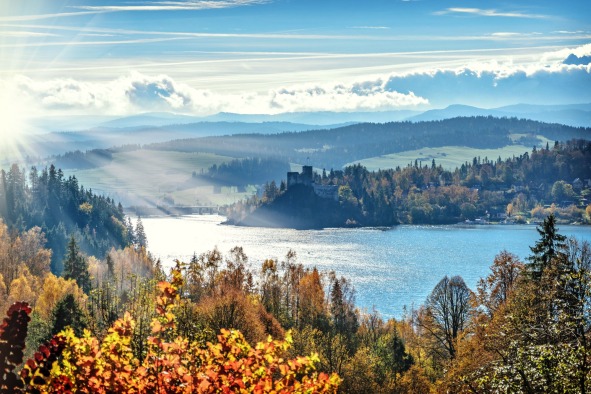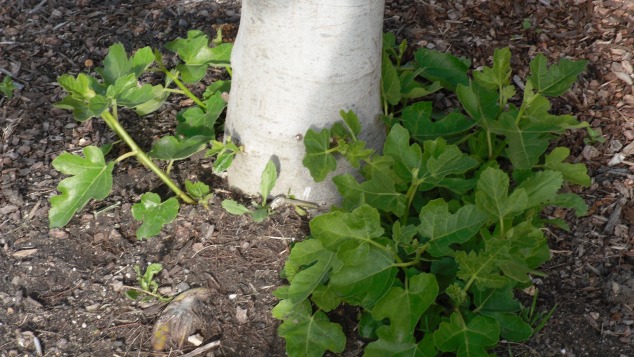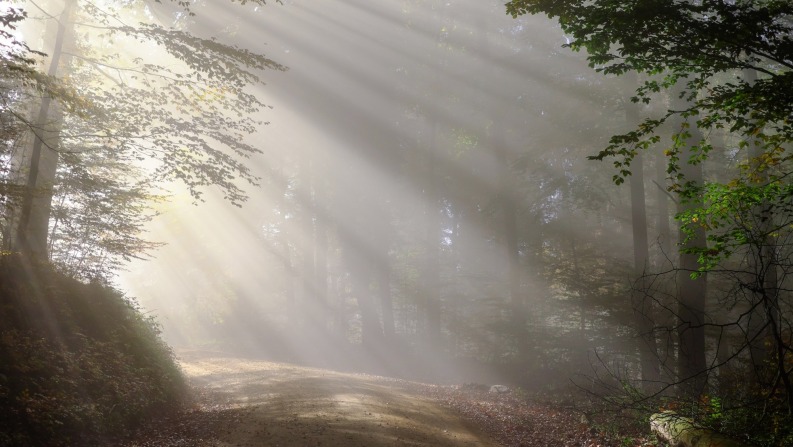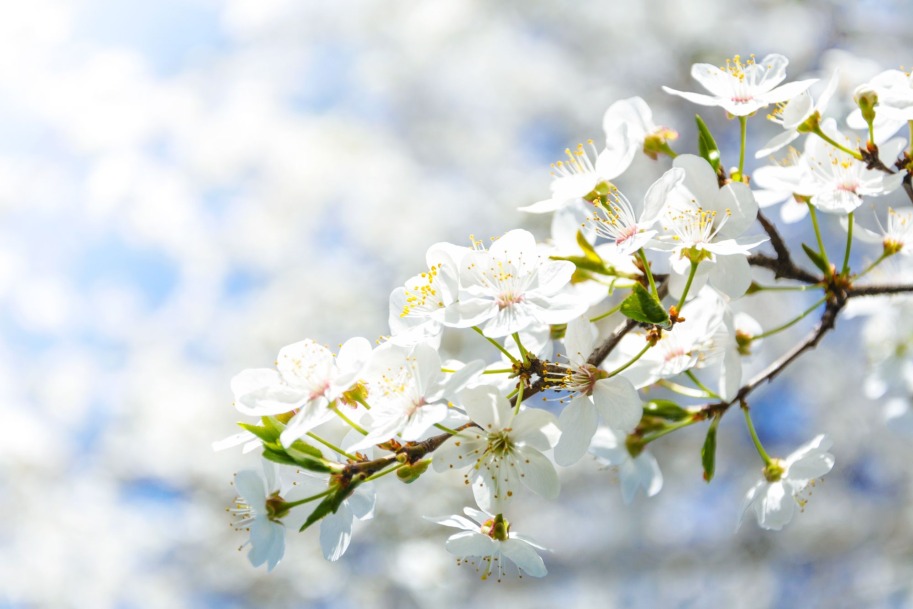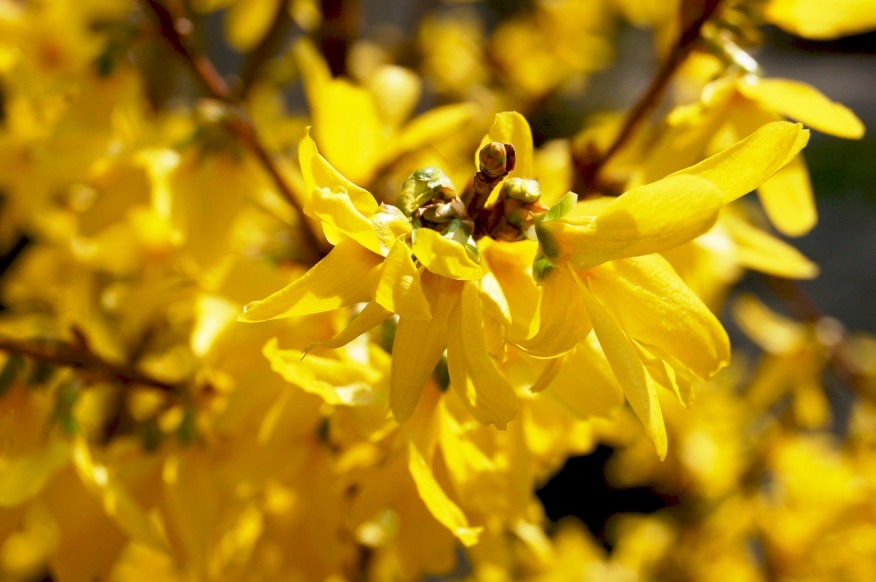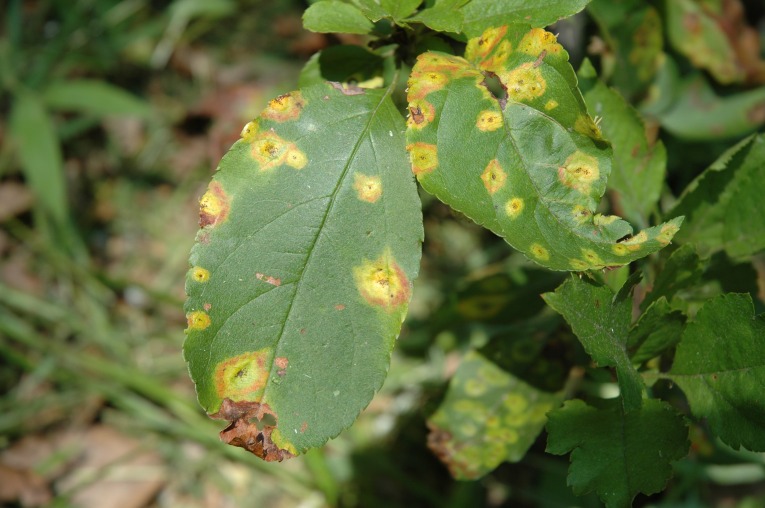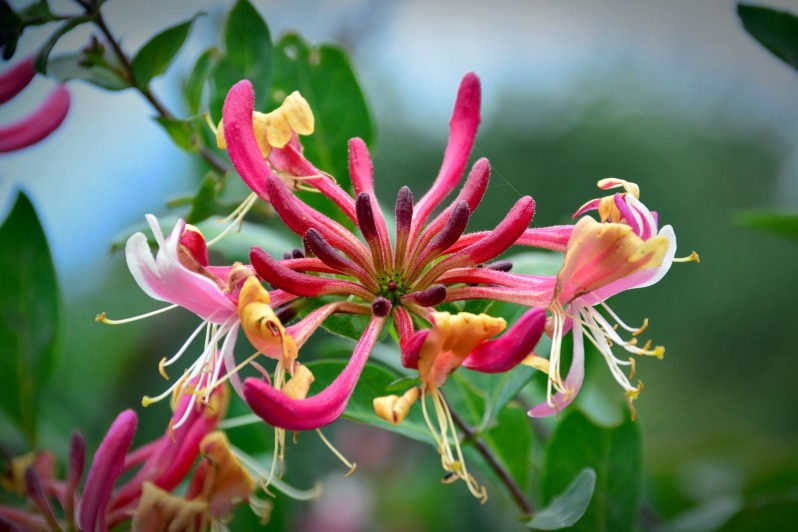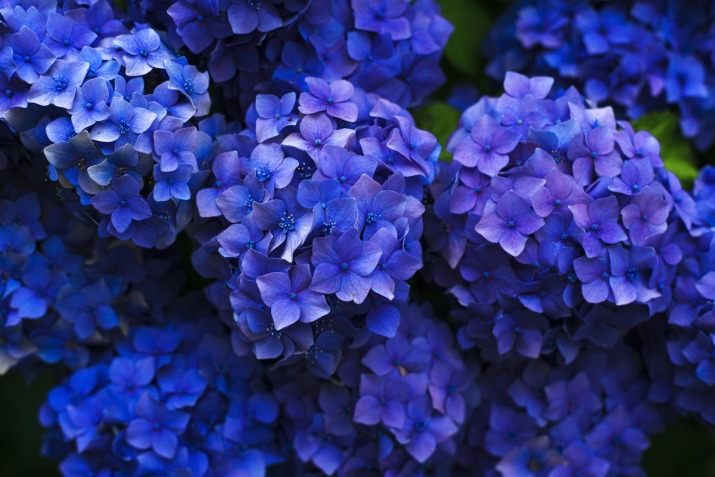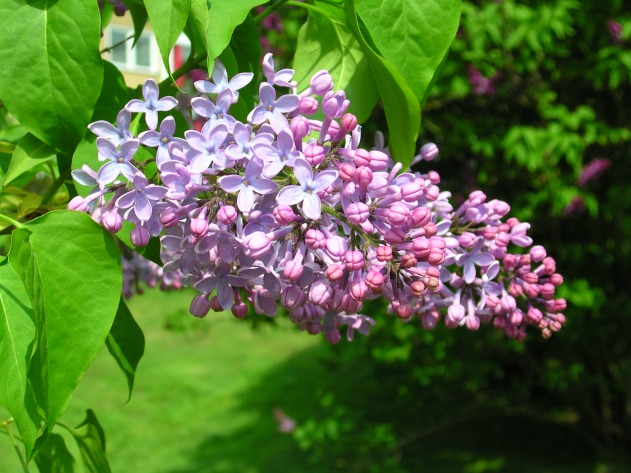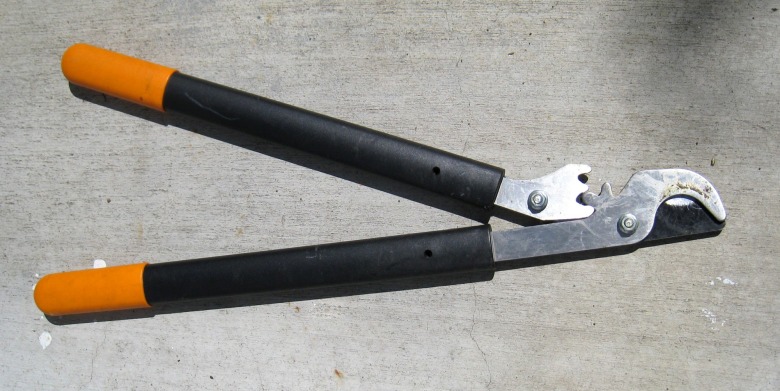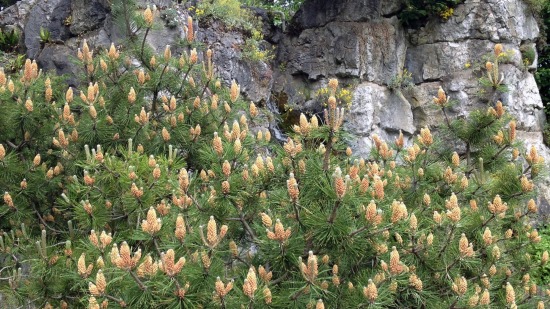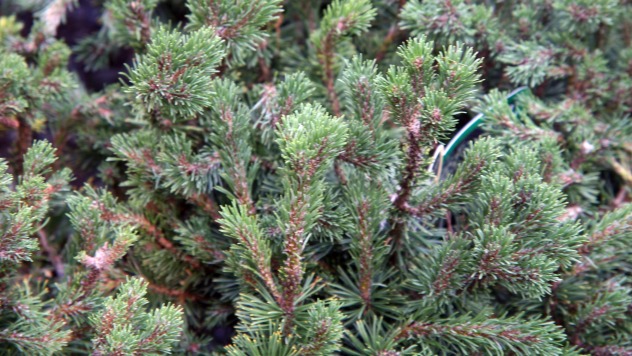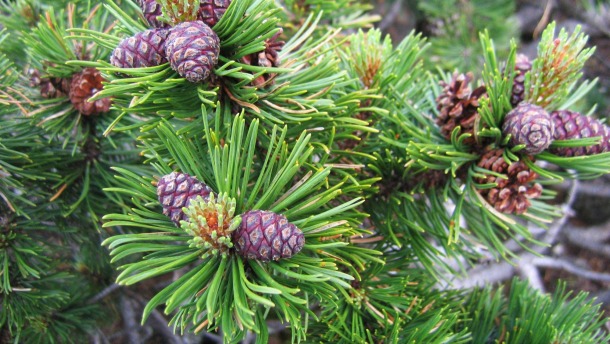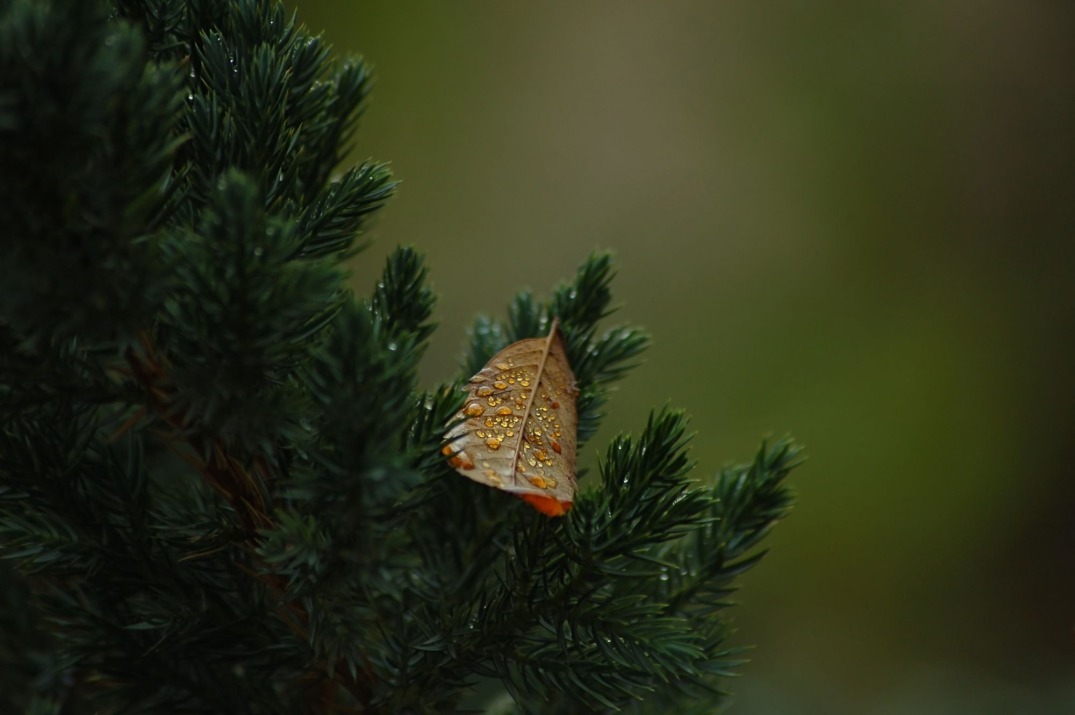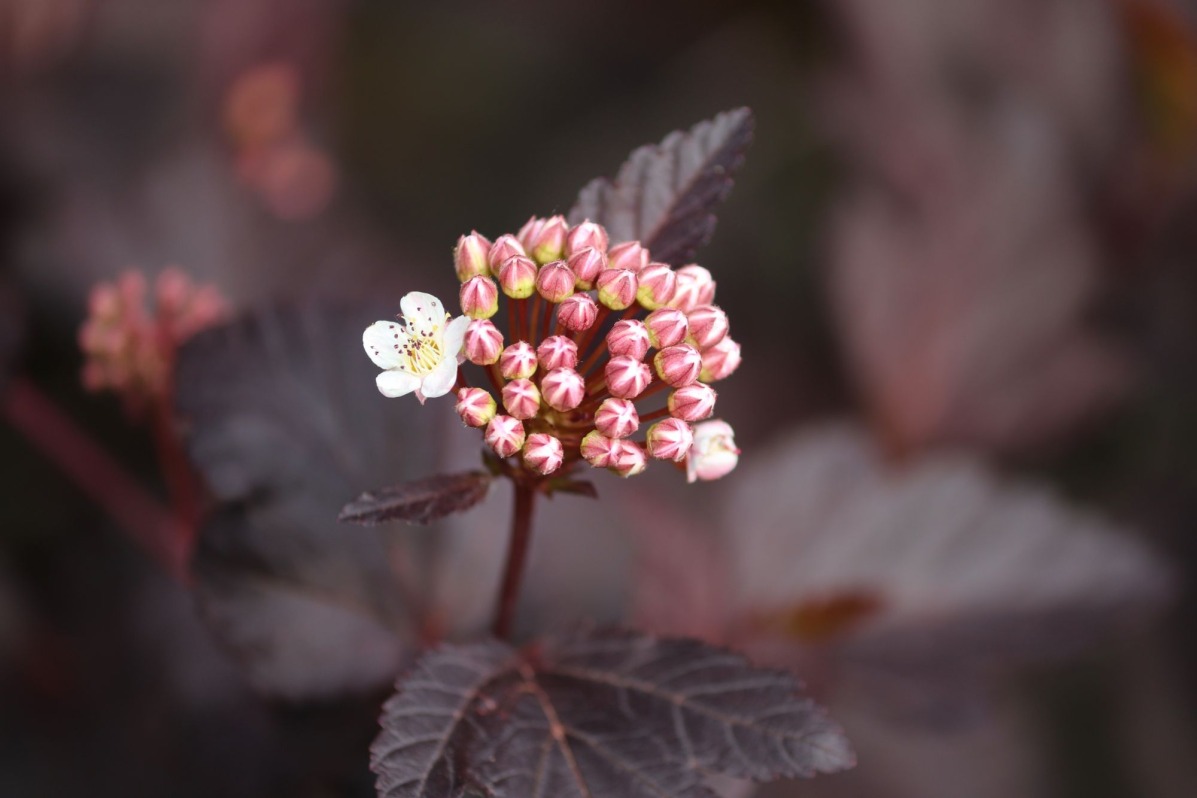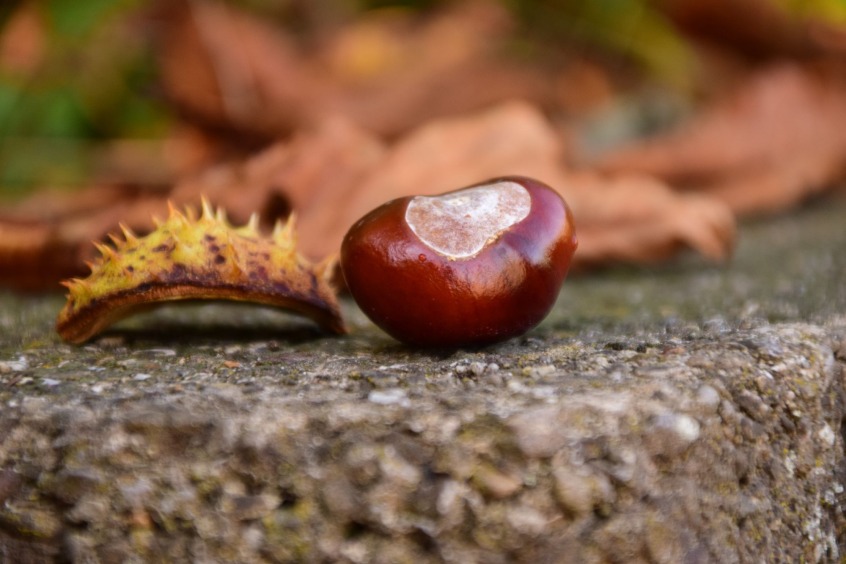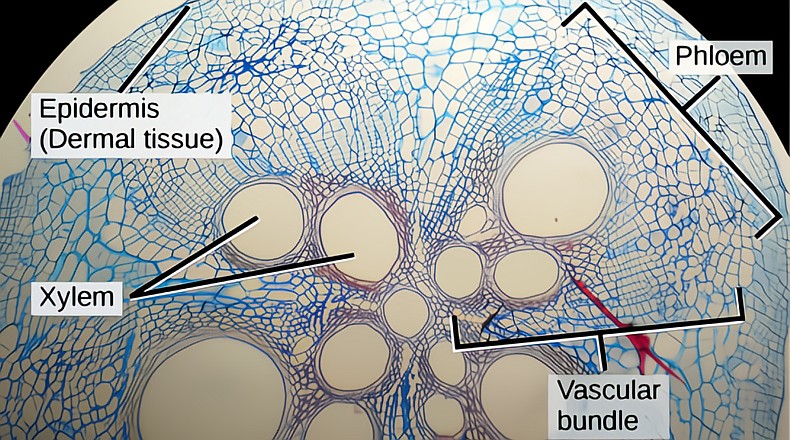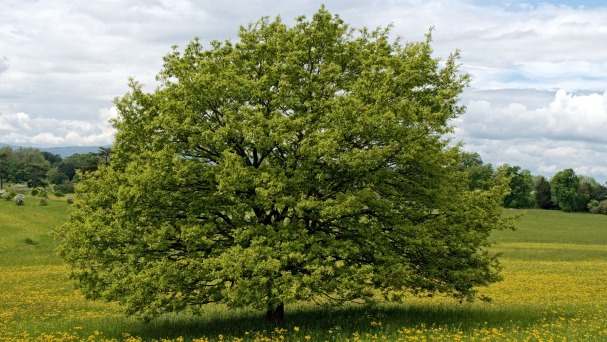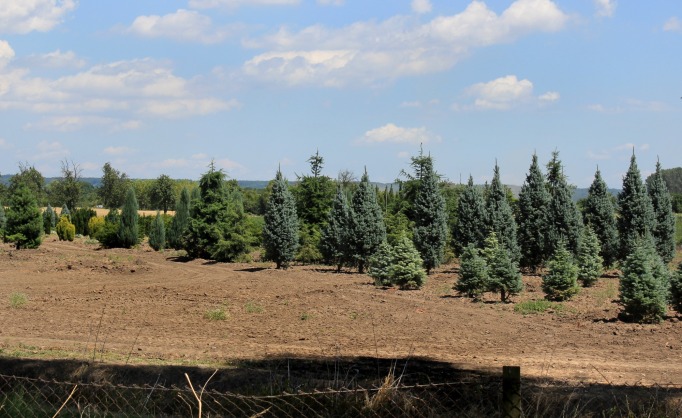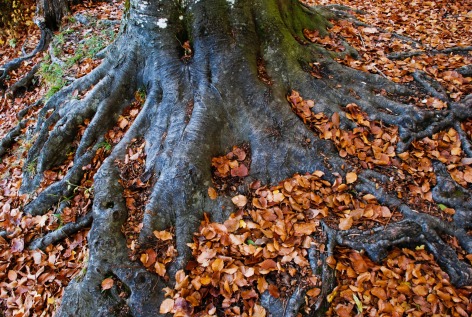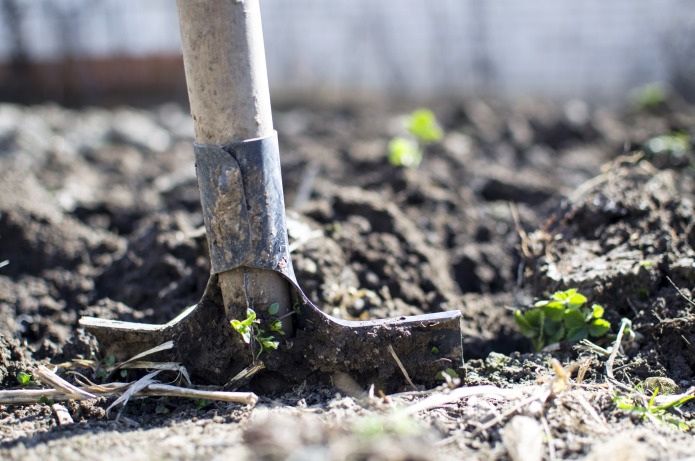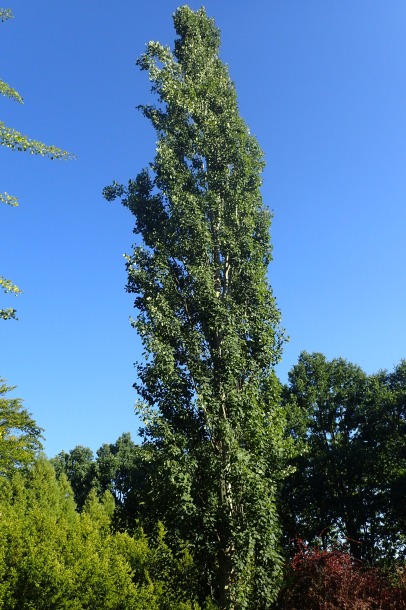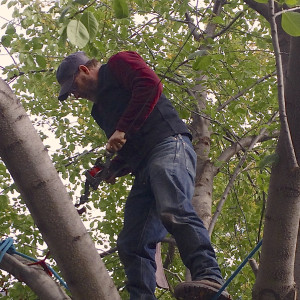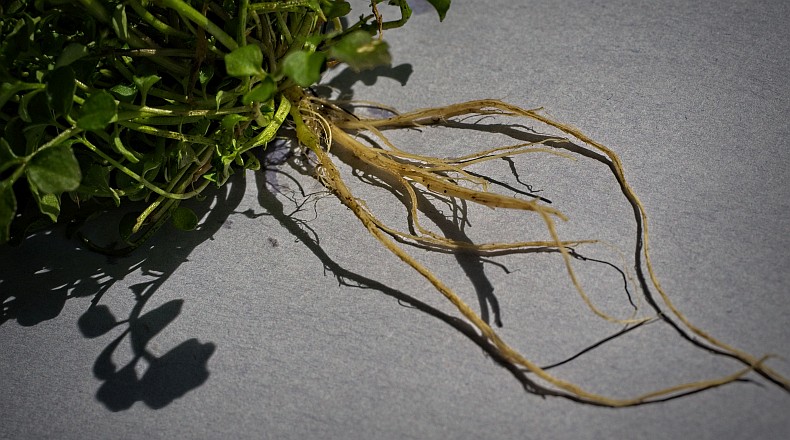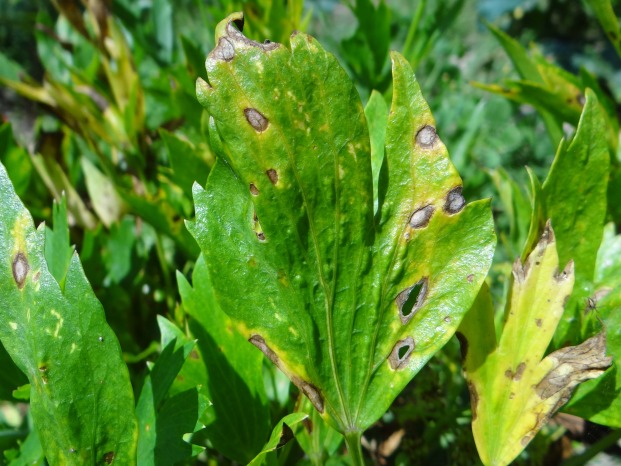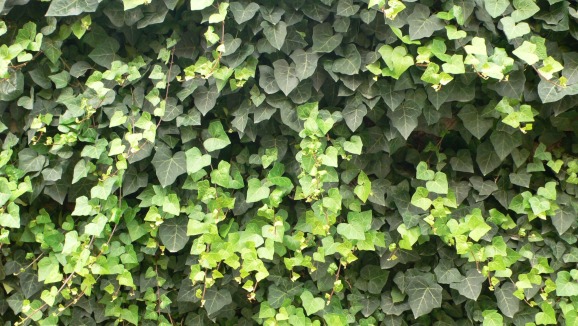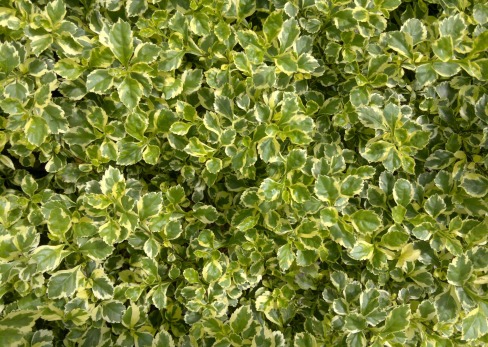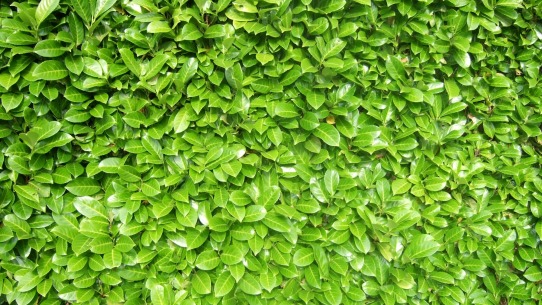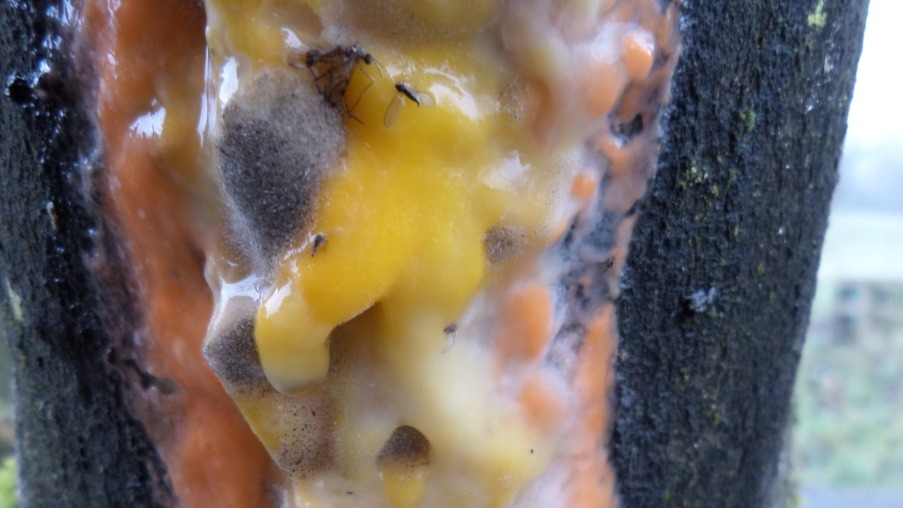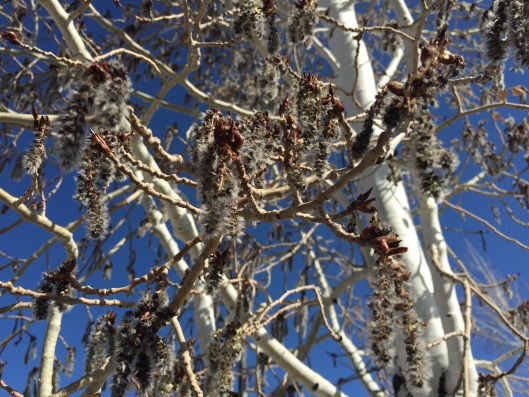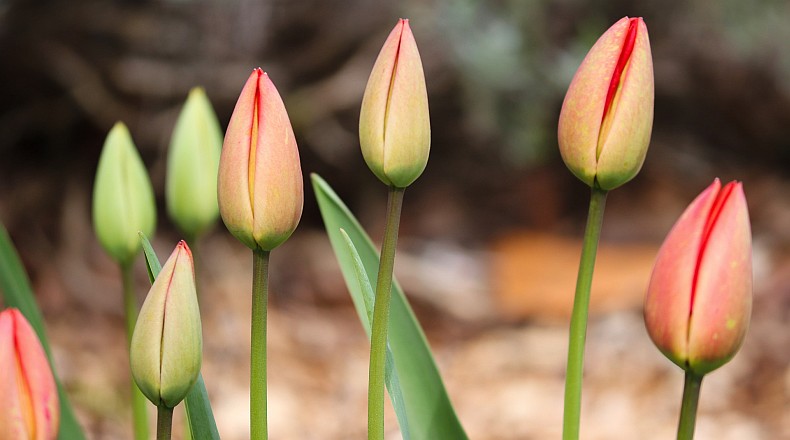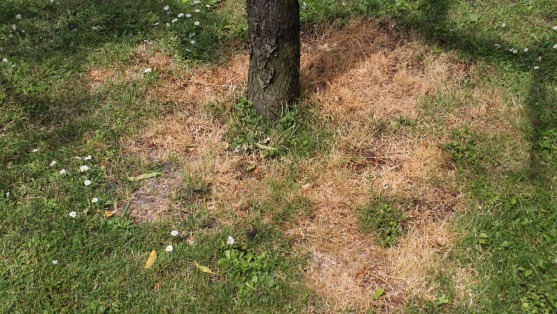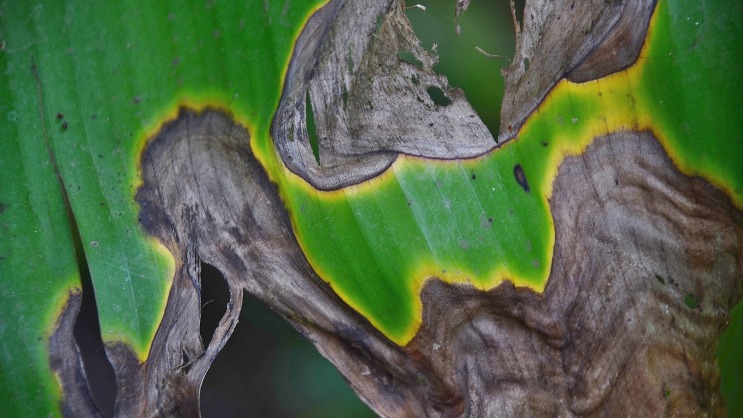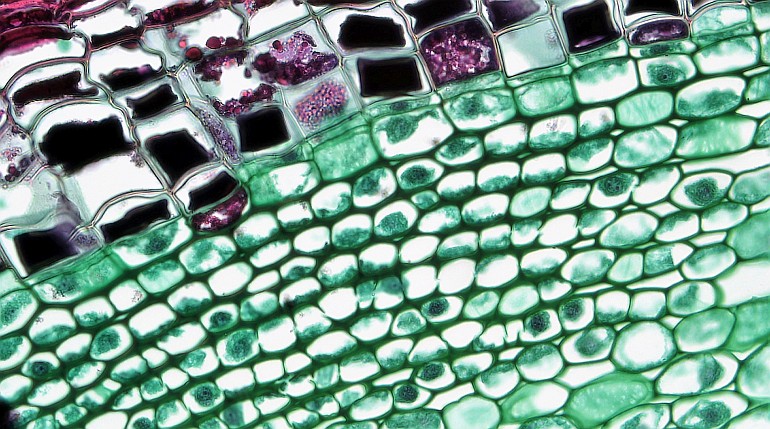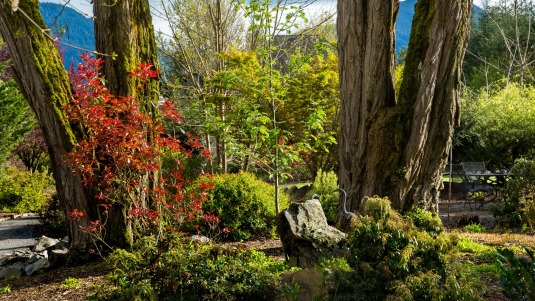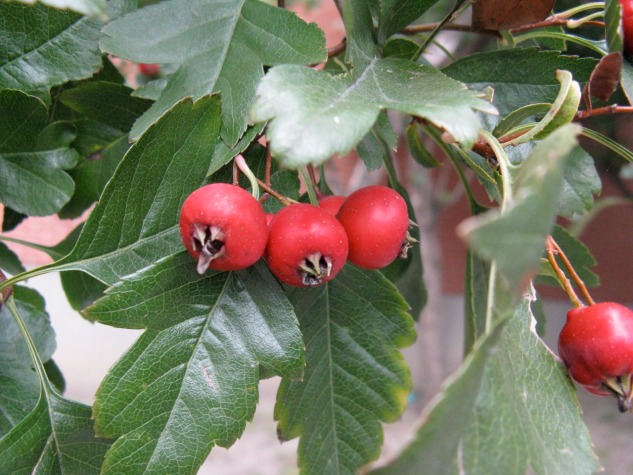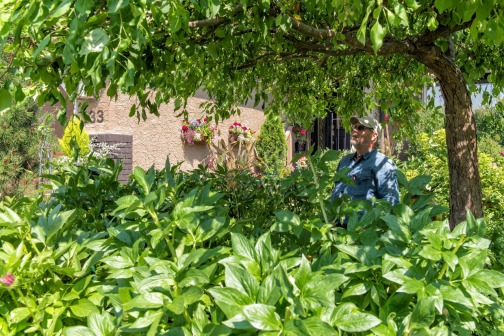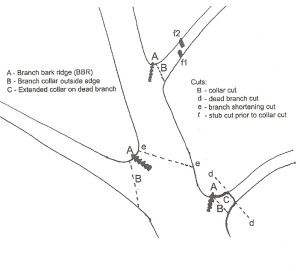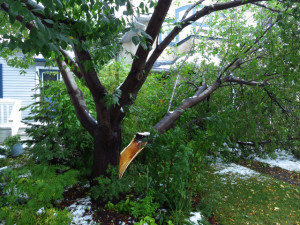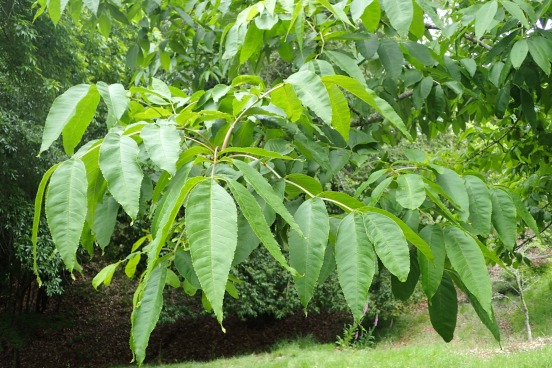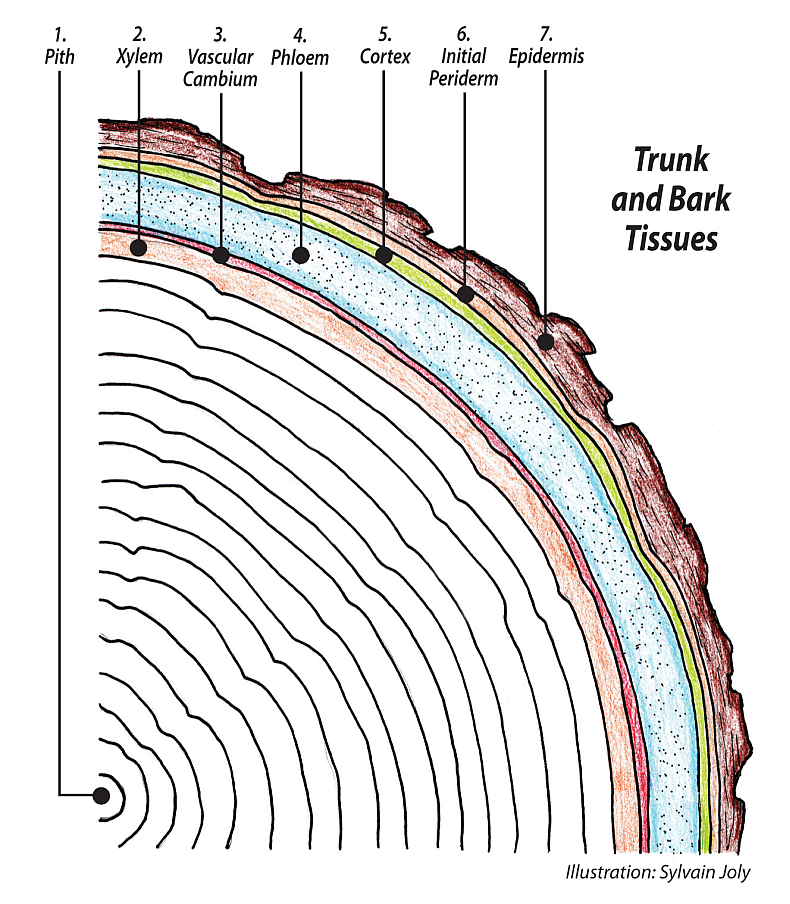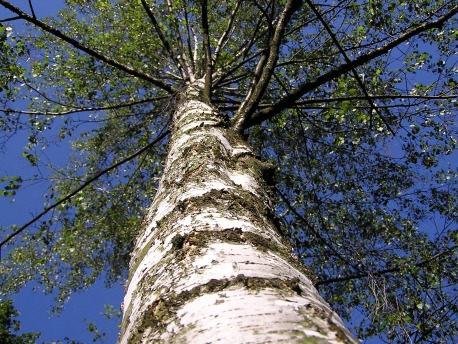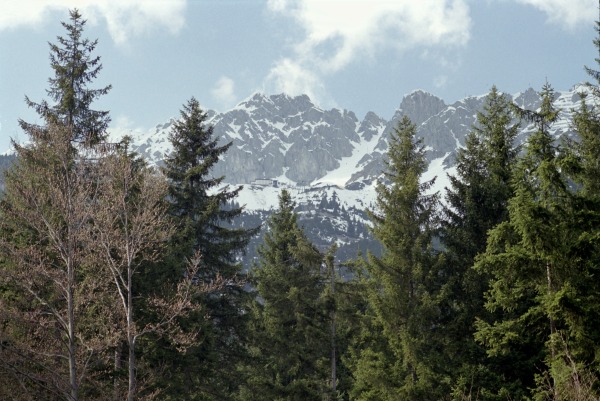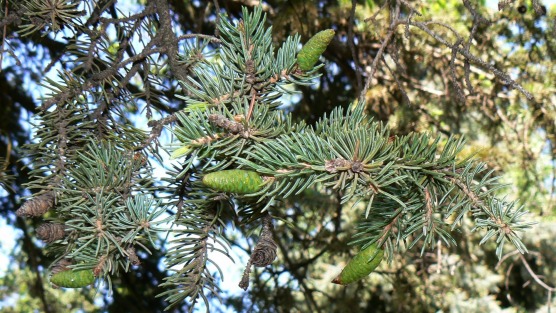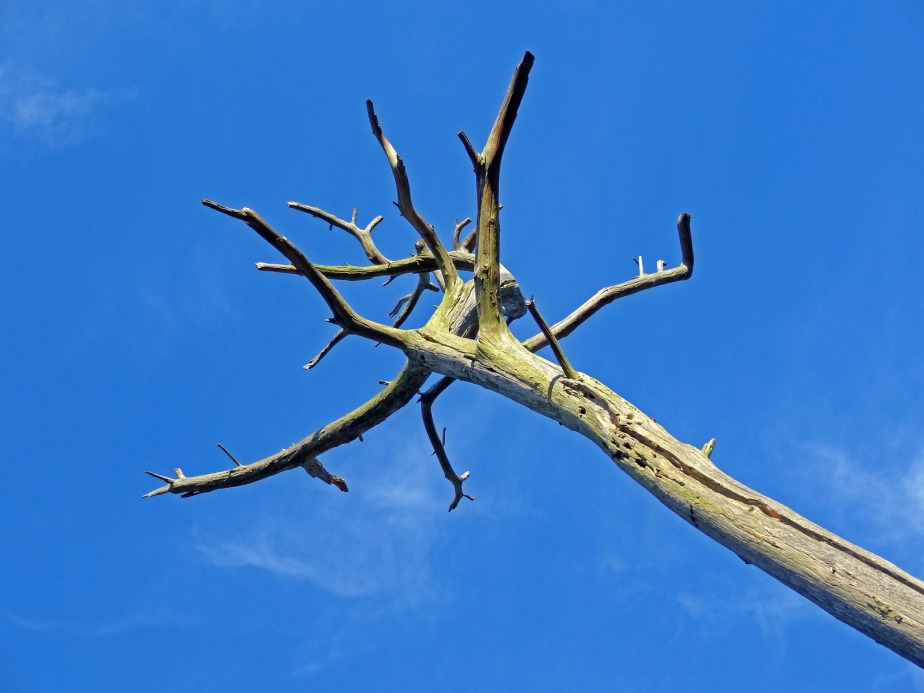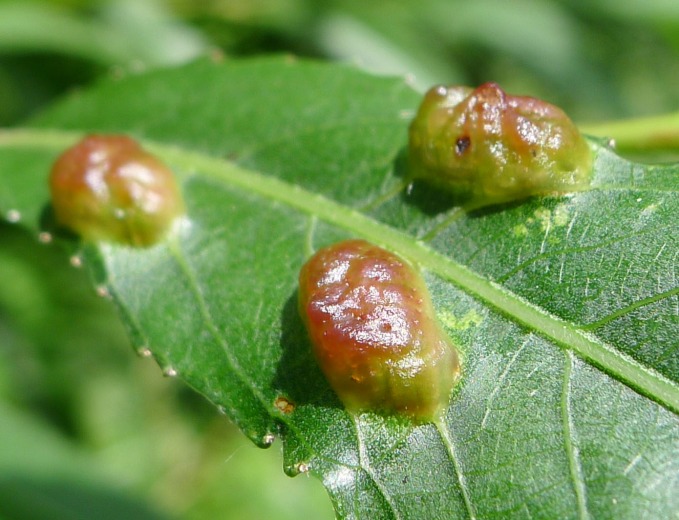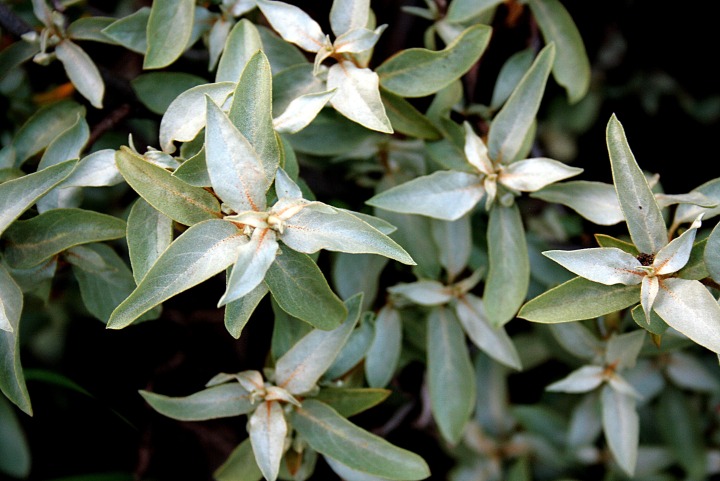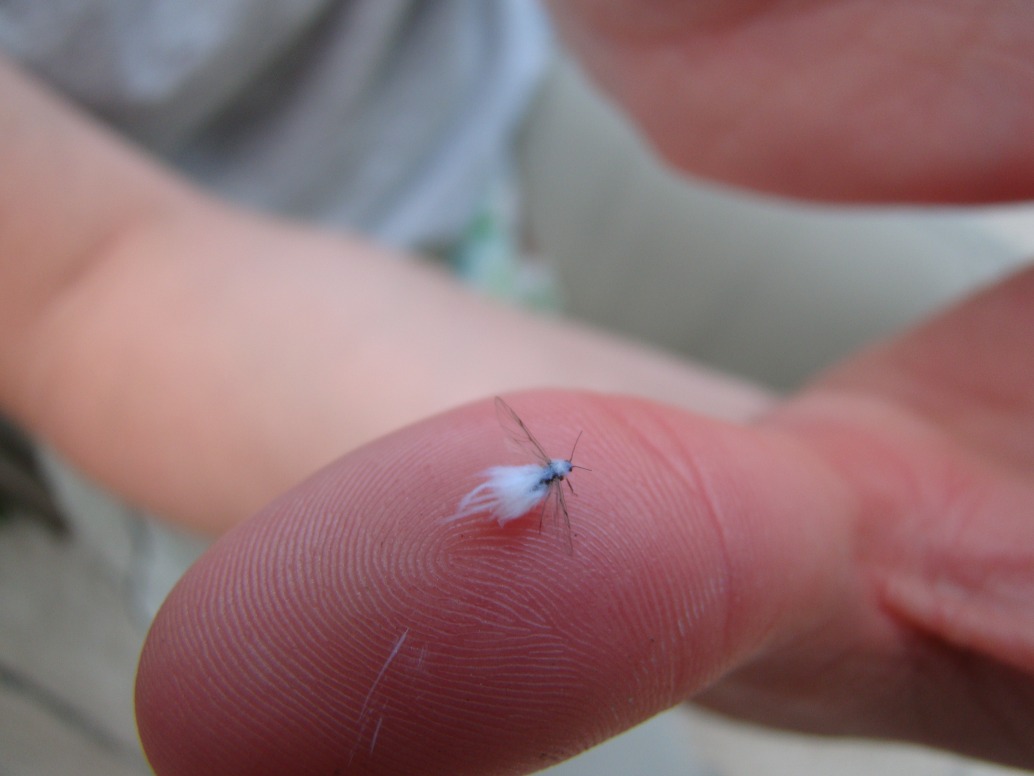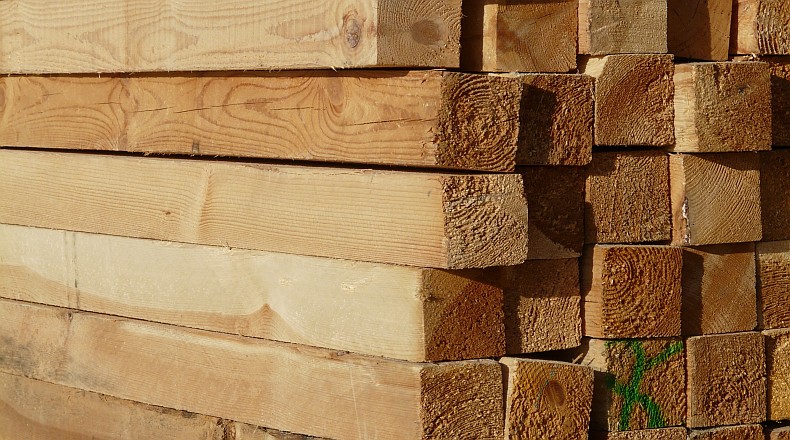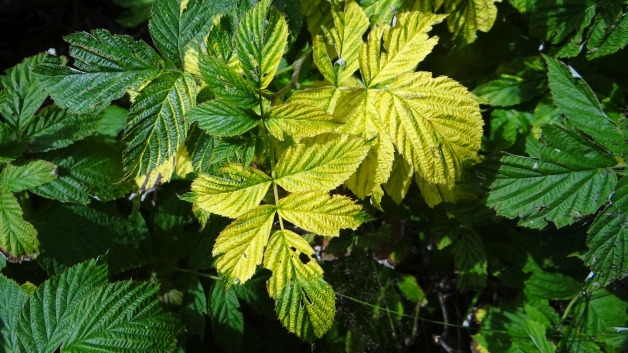Dormancy, Spring Wake-up:
Lets begin at March 1. The worst of winter is behind us and we are looking forward to the breaking of winter and a little sun. The great wheel seems to turn slowly this time of year; it has been a long winter. By March 21 we are back to twelve hours of light. And now with a warm breeze blowing and the sun shining, the last of the snow in deep shade is all that remains. Your tree feels all spring's signals and the long sleep is over. Hibernation for some, dormancy for your tree. An essential break, how else to survive months with little daylight and temperatures well below freezing, cold that kills exposed soft leaf, flower or shoot tissue on contact.
Its time to wake up and begin a new year. The frost is pretty much out of the ground, freeing up water and nutrients from their icy winter state and making them available for the many tasks the tree has to perform. Indeed, the water of life -- all essential growth or defense action a tree accomplishes is always carried out with the movement of water.
Stored deep in living roots and trunks is starch, a dense heavy fuel that is being converted back to glucose, the simple sugar that trees produce in abundance throughout the growing season. Glucose is the fuel, the currency that pays for all the tree requires.
There are lots of old tales about what happens inside trees in the winter; most go something like this: "all the sap is stored in the roots for the winter...." This would mean that a lot of the upper canopy was without sap. Some of the upper branches may be without sap; that's because they are dead. Any tree part not full of fluid is in trouble and dead or dying.
Think of the main difference between winter and summer. It is the rate of flow of liquids within the tree. In winter there is still a lot of activity, but without the leaves where the vast majority of water is used through transpiration, the flow of liquids is substantially reduced. One movement of liquids that is essential for survival is the removal of most of the water inside cells that are closest to the deep cold outside air.
As deep frost penetrates into the tree this movement of liquids out of cells and into surrounding tissue is necessary for those cells to survive. Even though it may be -30°, these actions and the energy required to perform them never stop. All this still requires the movement and use of water. Hopefully you gave your tree a good drink back in the first week of October, a top up before the ground froze, locking up all the water until spring. During the whole of the winter the tree will lose water and be unable to replenish it.
Back to spring and the conversion of starch to glucose, the fuel that is required to initiate all the spring and early summer growth that we look forward to, flowers, leaves , seeds perhaps and new shoots. Trees are amazingly efficient at storing energy, and they need to be. All of the early show, flowers, early leaves, sometimes seeds and the first flush of new shoots is accomplished by spending stored energy. Until the new leaves are close to their full size they are not photosynthesizing, producing glucose, at their mature rate.
This means that the month or so when leaves are forming is the weakest month of the tree's year. This leaf-forming month coincides with the early formation of this year's growth ring, which is still very soft and unable to defend itself as normal. The month of maturing leaves is a time to take it easy with the pruning.
(Continued in A Year in the Life of Your Tree - 2)

